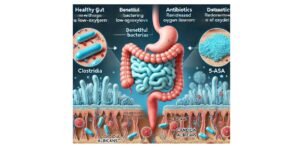-

From Sci-Fi to Reality: Robots Supporting Neurorehabilitation
Imagine a world where robots become your companions, guiding you through tough…
Continue Reading -

The Tiny Robot That Could Save Lives
Imagine being in a hospital bed, struggling to breathe, and relying on…
Continue Reading -

The Battle Against the Gut Invader: How...
How Our Body Keeps Candida at Bay? Imagine a bustling city, where…
Continue Reading -

How Curcumol Fights Brain Inflammation After Stroke?
Imagine a city suddenly cut off from its vital supply lines. The…
Continue Reading







